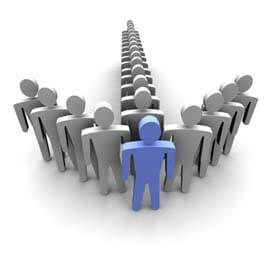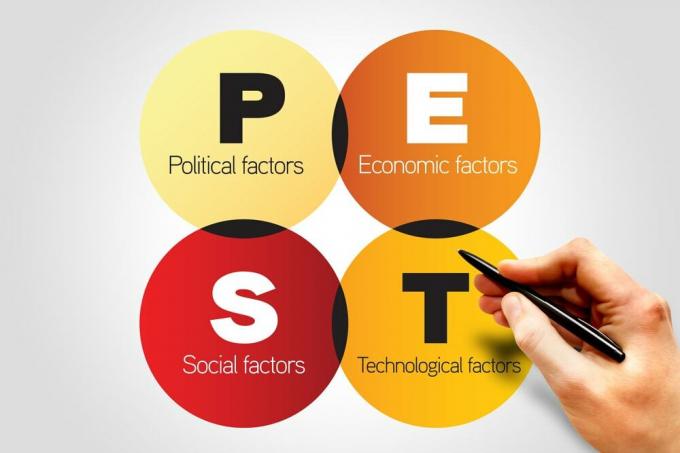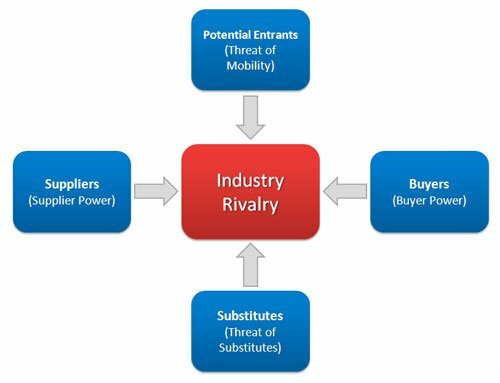The Business Model Canvas is known when translated as the Business Model Canvas. This model is a strategic work template that has the purpose of develop new business models or document existing ones.
It is a visual graphic, which contains elements capable of describing various product proposals or the value that the company has together with its infrastructure, finances and customers, this will help you to get a correct guideline of your activities by means of the illustration of the assumptions compensations.
Advertisements
The serious description of a business, are the building blocks of its activities, therefore, this work designed by Alexander Osterwalder, provides an ideal model to refer to the similarities of the conceptualizations that are generated in the business model of a company.

Advertisements
In this article you will find:
Components to make a Business Model Canvas
This model is composed of 9 blocks, which identify the most important areas of the company and what should be studied in the business model. These blocks are the following:
Key activities
These are usually the most important in the development of the company's value proposition.
Advertisements
Key resources
They are the necessary channels to create value for customers, which is considered an asset for the company and thus sustain and support the business. Some of these resources could be human, physical, intellectual or financial.
Partner network
In order to improve operations and reduce any risk within the business, the company should stimulate the relationships between the buyer and the supplier and thus better develop the activities main.
Advertisements
Value offer
It is the variety of products and services that the company offers with the intention of satisfying the needs of its customers. Entrepreneurs must know that the value proposition is what distinguishes each company from its competitors. This proposal must include novelty, design, customization, ease of use, price reduction, performance, comfort, among others.
Customer Segments
When carrying out an effective business model, the company has to classify the customers it wants to deal with, since some groups of Clients can be divided according to the different needs and properties that guarantee a correct application of the strategies corporate. Customer divisions may include:
Advertisements
- Mass market: There is no unique segmentation in a company that follows the mass market element, since it broadly shows potential customers.
- Market niche: It is about customer segmentation based on the needs and characteristics of specialized customers.
- Segmented: The company applies additional segmentation to existing customer segments. With this, the company will be able to deepen the differences between them in relation to their sex, age and income.
- Diversification: A business can serve various customer segments with different characteristics and needs.
- Multiple market platform: For the business to function properly, some companies serve as segments to dependent customers. Credit card companies facilitate the service to cardholders and at the same time to merchants who accept these types of cards.
Channels
Companies can provide their value proposition to customers through various channels. These channels can be very effective, if the company facilitates them efficiently, quickly and profitably. To reach customers, the company can do so through its own channels, partner channels, or both.
Relationships with customers
As a guarantee of success and survival of any business, the company has to visualize that type of relationship you want to have with your customer segments, therefore some ways should include:
- Personal assistance: It is the interaction between the employee and the customer that takes place during or after sales.
- Dedicated personal assistance: It is the assistance that is assigned to a sales representative in order to handle the questions and needs of a group of special clients.
- Slef Service: It is the relationship that comes from the indirect interaction that occurs between customers and the company. In this case, the company provides the resources so that the customer can serve himself easily and efficiently.
- Automated service: It is a service similar to self - service, but with greater personalization, since it can individually identify customer preferences.
- Communities: These allow the creation of direct interaction between the company and its customers.
- Co - creation: This occurs when there is a personal relationship through the direct input of the client into the final result of the company's product or service.
Cost structure
The most important monetary consequences during the operations of various business models are described here.
These commercial structures are classified into:
- Cost - Driven: It is a model that is responsible for reducing costs.
- Value - Driven: This business model focuses on creating value for its products and services at a lower cost.
The characteristics of this structure are:
- Fixed costs: They are applied without changes through various applications such as rents and wages.
- Variable costs: They can vary according to the amount of production of the goods and services.
- Economies of scale: These are the costs generated by goods that are in order or already produced.
- Economies of scope: This is the decrease in costs due to the increase in other businesses that are directly related to the original product.
Sources of income
It is the way that the company manages its income with each of the customer segments. These include asset sales, subscription fees, licenses, usage fees, loans, and advertising.
Advantages of the Business Model Canvas
As has been seen, this business model canvas is an effective tool for improve the design and innovation process on the model of a certain business. Despite that, it is necessary to know what its advantages and disadvantages are.
- It influences strategic thinking, with the intention of offering a greater vision of a high-level business model.
- Clarifies the understanding of the interrelationships that exist between the elements of the model, which is very important in the impact of each change that is necessary.
- It tends to integrate favorably with other tools, which come from other strategies.
Disadvantages of the Business Model Canvas
- It is not very specific, which means that it is not suitable for all types of thinking that have higher operational levels.
- Some key actors are unknown, as are the relationships between them.
- By having a low level of thinking, you can come to think that it is a business model and not just an abstraction of key elements.


